Some puzzles are designed to trick your brain into thinking in ways that don’t quite align with logic. One such puzzle is the “Missing Dollar Riddle,” which has confused countless people over the years. At first glance, it appears that a dollar has mysteriously vanished, leaving everyone scratching their heads. But when you break it down logically, you’ll realize there’s no mystery at all!
Let’s dive into this brain teaser, analyze the common mistakes people make when solving it, and uncover the real solution behind the so-called missing dollar.
Can You Find the Missing Dollar?

Here’s how the puzzle goes:
- You see a shirt for $97.
- You borrow $50 from your mom and $50 from your dad, giving you $100 in total.
- You buy the shirt for $97, leaving you with $3 in change.
- You return $1 to your mom and $1 to your dad, and keep $1 for yourself.
- Now, you owe your parents $49 each, for a total debt of $98.
- But if you add the $1 you kept, you get $99.
Where did the other $1 go?
This riddle creates an illusion that $1 has gone missing, but let’s break it down logically and understand why this is a trick of wording rather than an actual mathematical problem.
Why Do People Get It Wrong?
Many people fall for this riddle because of a simple misdirection in arithmetic. The puzzle tricks your brain by making unrelated numbers appear connected, leading you to believe something is missing. Here are the main errors in thinking:
- Adding Instead of Accounting for Debt
- The mistake happens when you add the $1 you kept to the $98 debt, instead of realizing that the $98 already accounts for the $1.
- The real calculation should not involve adding your kept dollar to your remaining debt.
- Misleading Framing
- The wording makes it seem like you need to account for $100, when in reality, you only spent $97 and kept $3 in change.
- You already paid back $2 to your parents, so you are only left with the real debt of $98.
- Grouping Numbers Incorrectly
- The puzzle misleads people by presenting numbers in a way that suggests an imbalance.
- In reality, all the numbers add up correctly, but the way they are framed creates a false perception of a missing dollar.
Video : Stolen $100 Puzzle || $100 Puzzle Answers
Now, let’s solve the riddle correctly step by step.
Breaking Down the Puzzle Step by Step
Step 1: Understanding the Money Flow
- You borrowed $100.
- You spent $97 on the shirt.
- You got $3 in change.
Step 2: Paying Back Your Parents
- You returned $1 to mom and $1 to dad.
- That means you paid back a total of $2, leaving you with $98 of remaining debt.
- You kept $1 for yourself.
Step 3: Understanding the Real Math
- The $98 you owe includes the $97 for the shirt and the $1 you kept.
- The mistake in the riddle is adding the $1 instead of recognizing it as part of the $98 balance.
Step 4: The Correct Breakdown
Instead of thinking $98 + $1, you should recognize:
- $97 went to the store for the shirt.
- $2 went back to your parents.
- $1 stayed with you.
So, there is no missing dollar!
Why This Puzzle Works as a Brain Teaser
This riddle is a perfect example of how misdirection can trick the mind into thinking something is missing when everything actually adds up. It highlights the importance of logical reasoning and proper number association.
People often try to fit numbers into a pattern without checking if the calculations actually make sense. The real issue is the way the problem is framed, rather than an actual discrepancy in the numbers.
How to Improve Your Logical Thinking with Riddles Like This
If you enjoy puzzles like this, here are some ways to sharpen your problem-solving skills:
1. Always Question the Framing
Before assuming something is wrong, ask yourself: Am I looking at the numbers correctly? Sometimes, puzzles use misleading language to make you group unrelated figures together.
2. Break Down Each Step Clearly
Writing out each step, like we did in this article, helps clarify the logic behind a problem. This method makes it easier to spot errors in reasoning.
3. Check Your Assumptions
In this puzzle, we assumed that the debt ($98) and the $1 kept were separate, when in reality, the $1 kept was already included in the $98. Always double-check if your assumptions align with basic math principles.
4. Practice with Similar Puzzles
The best way to improve your logic skills is to practice puzzles that challenge your assumptions. Try solving classic riddles like:
- The Two Missing Dollar Puzzle
- The Hotel Room Overcharge Mystery
- The Monty Hall Problem
Video : The Missing Dollar Mystery!
Each of these requires you to rethink how you view numbers and logic.
Final Thoughts: There Was Never a Missing Dollar!
The Missing Dollar Riddle is a clever wordplay trick rather than a genuine mathematical mystery. By misdirecting your focus, it makes you believe that something has disappeared when, in reality, everything adds up perfectly.
Understanding this puzzle teaches an important lesson: always check the logic behind numbers before assuming something is missing. Sometimes, the real trick isn’t about a missing dollar—it’s about how your mind processes information!
Now that you know the solution, did you fall for the trick at first? Let us know in the comments if you figured it out quickly or if this riddle had you second-guessing your math skills!
15 Celebrities That Are Descendants of Great Historical Figures
Families can be a bit confusing. And not just when it comes to behavior and relationships, but also when it comes to bloodlines. Today, many companies use genetics to trace your ancestors, all the way back to many generations. These very companies have researched famous celebrities and found out some surprising facts about their antecedents.
Bright Side delved into just a handful of these celebrities and found some relationships. Enough for us to exclaim that history truly repeats itself.
1. Beyoncé Knowles is the 25th cousin of Queen Elizabeth II.
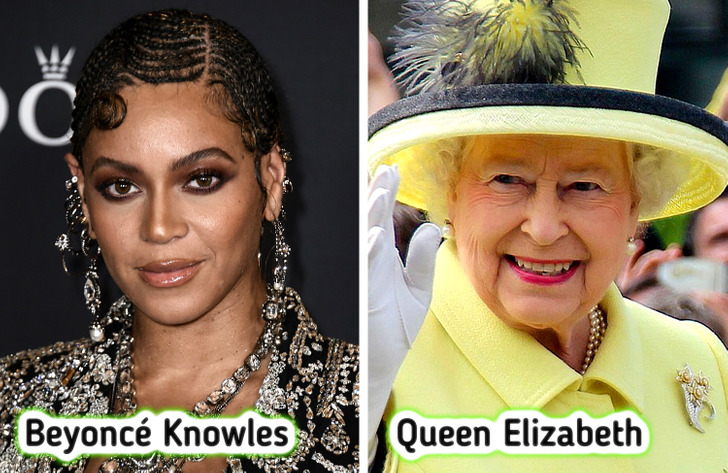
Beyoncé Knowles, well known for being music royalty, has royal blood running in her veins too. She is the 25th cousin to Queen Elizabeth, once removed since they both share King Henry II as a common ancestor.
2. Angelina Jolie has lineage from King Phillip II of France.
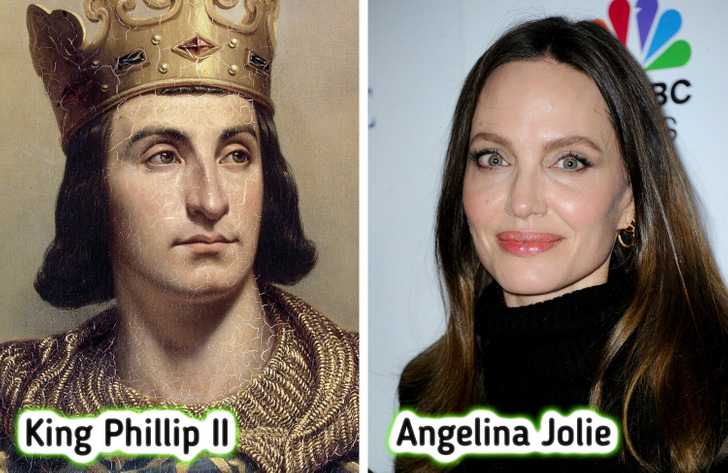
King Phillip II of France ruled from 1180 to 1223 and is known to have brought financial stability to his country. He also increased the royal coffers. Actress Angelina Jolie carries French royal blood considering she is a direct descendant of Philip II. Strangely enough, she played Queen Olympias in the 2004 movie Alexander, opposite Val Kilmer’s Phillip II, only this was Phillip II of Macedonia.
3. Brad Pitt is a descendant of King Henry II of England.
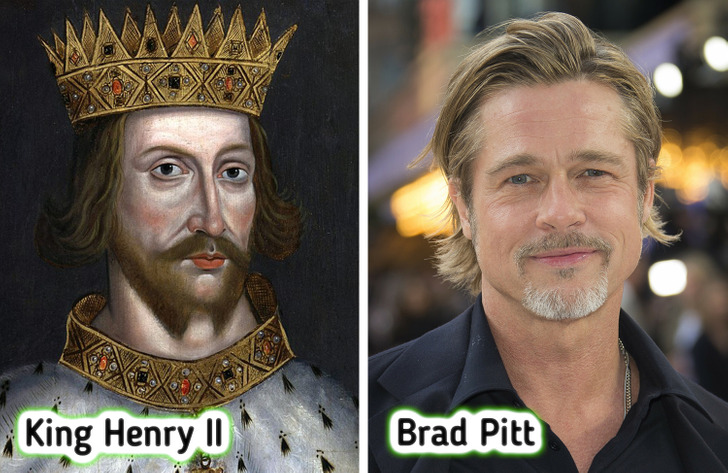
Brad Pitt is no less royal either. He can trace his ancestry back to King Henry II of England, who ruled from 1154 until his death in 1189. Coincidentally, King Henry II’s wife, Eleanor of Aquitaine, was first married to French royalty, making Brad Pitt and Angelina Jolie somewhat predestined to a failed marriage. This also makes Pitt a 25th cousin, twice removed, to Queen Elizabeth.
4. Jane Austen is Anna Chancellor’s great-aunt.

In 1995, Anna Chancellor starred as Caroline Bingley in Jane Austen’s Pride and Prejudice BBC Miniseries. But she has a deeper connection to Jane Austen as well. The highly venerated author is an 8-time great aunt to Chancellor.
5. H.H. Asquith is Helena Bonham Carter’s great-grandfather.
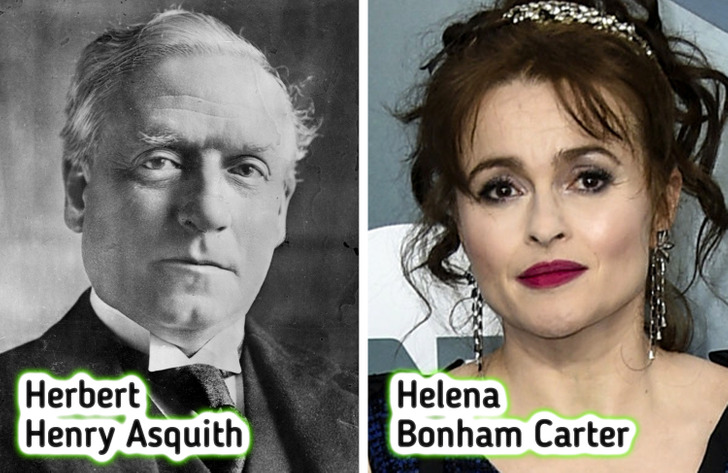
Helena Bonham Carter is best known for her off-the-beaten-path roles, like that of Mrs. Lovett in Sweeny Todd: The Demon Barber of Fleet Street. But she comes from illustrious family background. Herbert Henry Asquith, the Prime Minister of the UK from 1908 to 1916, was her paternal great-grandfather. She is also related to Jane Austen, and subsequently to Anna Chancellor.
6. Harry Lloyd is a descendant of Charles Dickens.
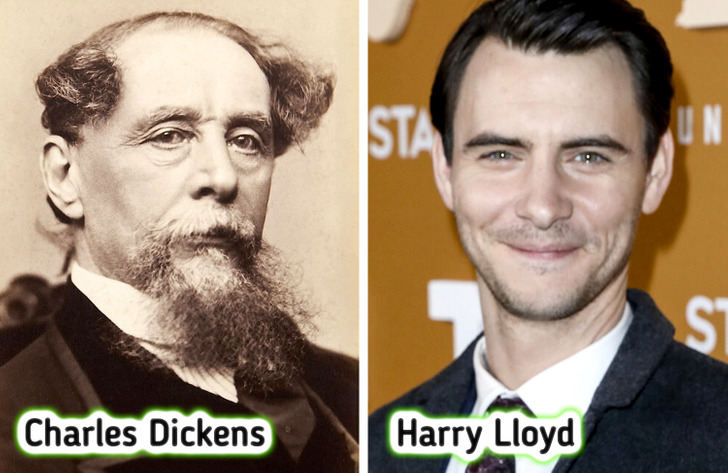
Harry Lloyd, who plays Viserys Targaryen in Game of Thrones is the great-great-great-grandson of the famous Charles Dickens, the author. Lloyd’s mother, Marion is the descendant of the seventh child of Dickens, Henry Fielding Dickens, who in turn had 5 children.
7. Benedict Cumberbatch is the 16th cousin to King Richard III.
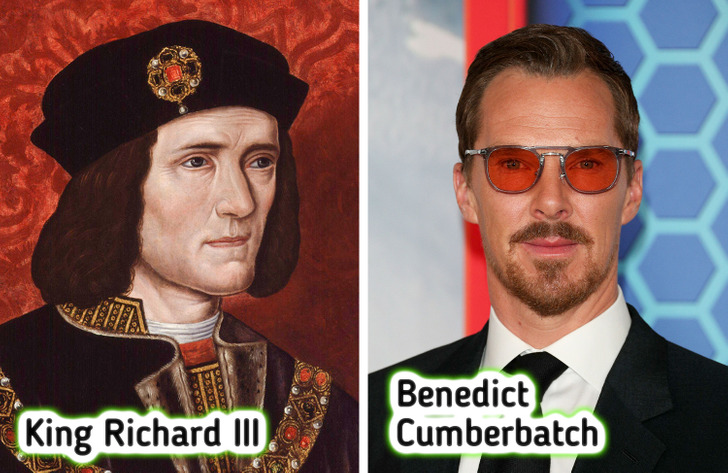
Benedict Cumberbatch is distantly related to King Richard III, who ruled England from 1452 to 1485. He was the last English king to have died during a battle, and later, there was a whole investigation into finding his remains, enough for a reburial. Cumberbatch, who plays Doctor Strange in the Marvel movies, is the 16th cousin to the king. He also read a poem at his royal ancestor’s reburial.
8. King Henry I is the ancestor of Sigourney Weaver.
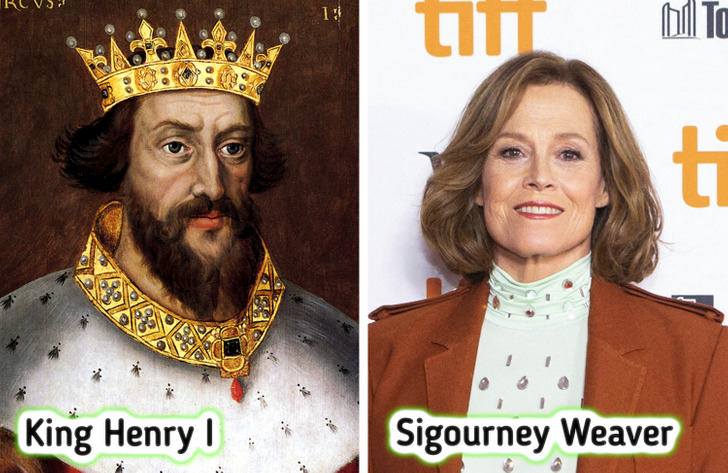
There seem to be many celebrities who can trace their lineage right back to English kings. King Henry I, who ruled from 1100 to his death in 1135 may have died without a male heir, but his bloodlines spread far and wide. Actress Sigourney Weaver, known for her role in Alien, is a descendant of Henry I, and this also makes her the 24th cousin of the Queen, once removed.
9. Jake Gyllenhaal has antecedents back to King Edward III.
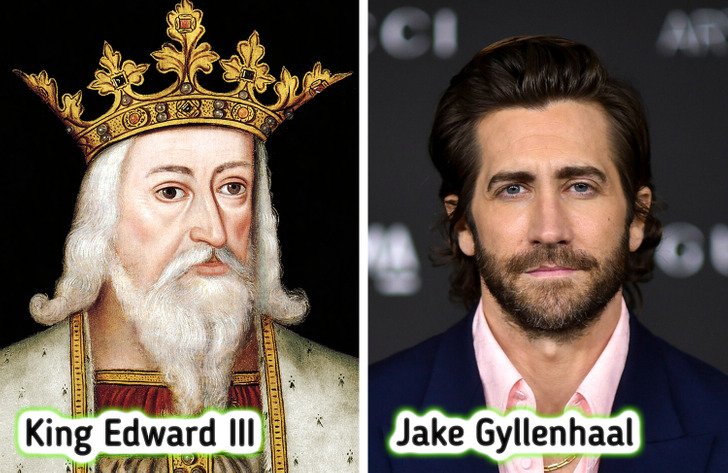
King Edward III ruled the English from 1312 to 1377 and is known as a rather conventional king, who pursued warfare but could also show great clemency. There are many celebrities who can claim blood relations with him, including Maggie and Jake Gyllenhaal. Others include Michael Douglas, Hillary Duff, and more.
10. Meghan Markle is related to William Shakespeare.
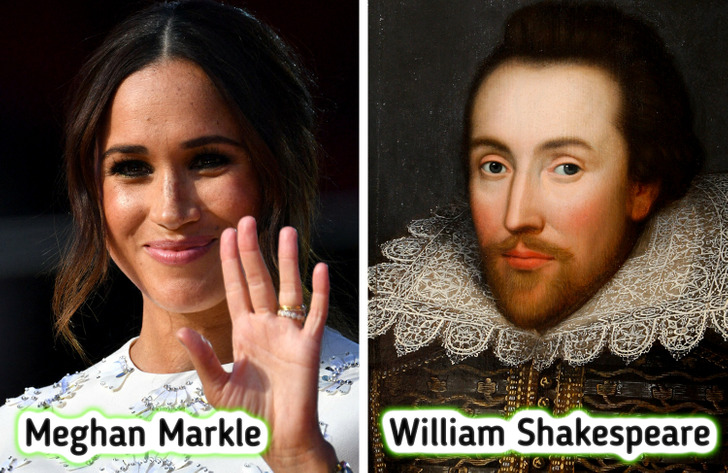
We know Meghan Markle is related to the British Royal Family, by way of her marrying Prince Harry, the Duke of Sussex. But she already has famous blood in her veins, considering she is cousins with the great playwright, William Shakespeare. Markle is a fifth cousin to the Bard, 12 times removed.
11. Ozzy Osbourne is related to Tsar Nicholas II, and more.
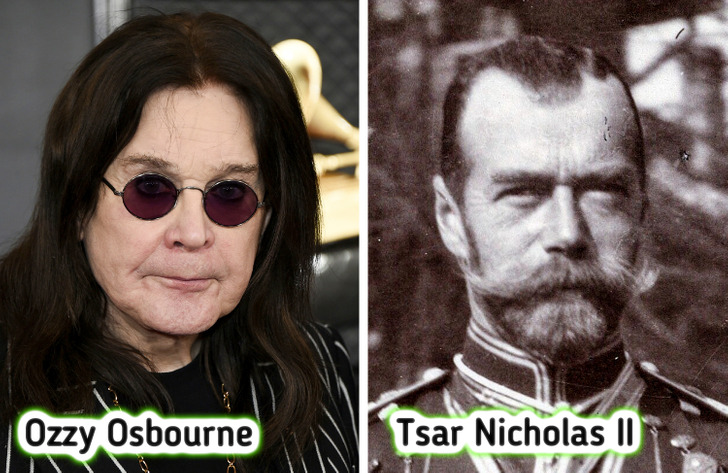
Then there is Ozzy Osbourne, and DNA might prove there is a method to his madness. Researchers say that the singer is not just a descendant of the Neanderthal man, but also a relative of outlaw Jesse James. But his claim to royal fame is with the last Russian Tsar, Nicholas II, whose entire family was wiped out in the revolution.
12. Cary Elwes is a descendant of infamous miser John Elwes.
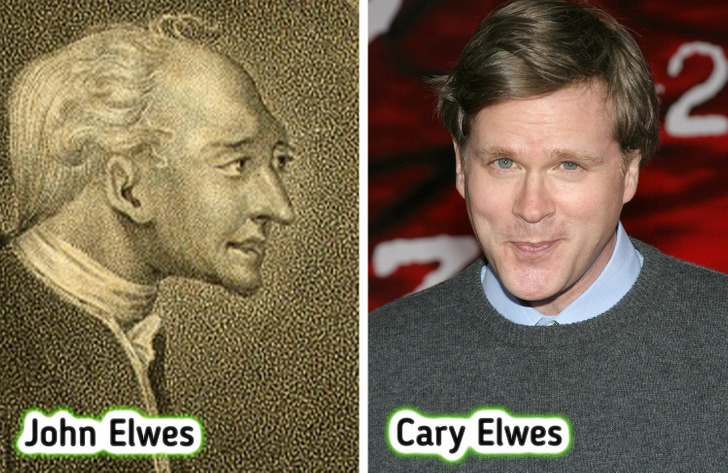
Actor Cary Elwes is related to John Elwes. As a man, John Elwes may have been unremarkable except for the fact that he was an extreme miser. It is also alleged that he was Charles Dickens’s inspiration behind the miserly character, Ebenezer Scrooge, in the classic A Christmas Carol.
13. The Deschanel sisters are related to Louis IV of France.
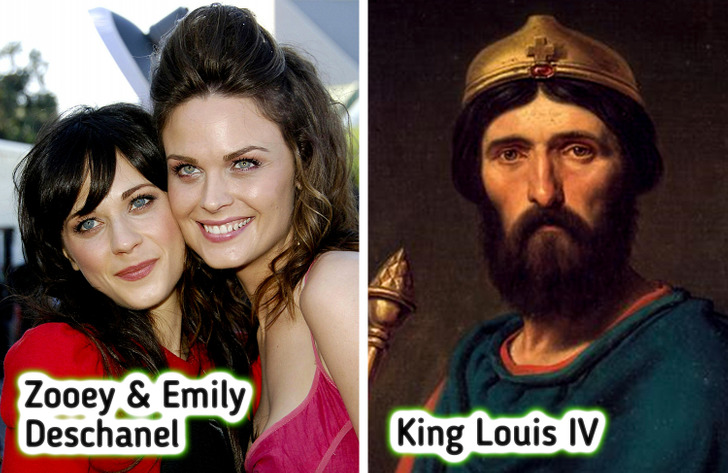
Zooey and Emily Deschanel have both made their names in Hollywood. Zooey is the star of the series New Girl, while Emily Deschanel was the heroine of Bones. And both can lay claim to royal French blood, all the way back to King Louis IV of France, who ruled from 936 to 954.
14. Anderson Cooper is Cornelius Vanderbilt’s great-grandson.
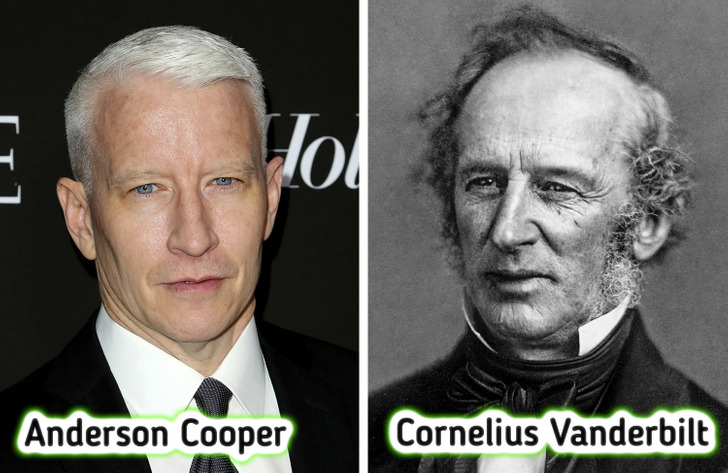
Anchor and host Anderson Cooper is the great-grandson of Cornelius Vanderbilt, the shipping and railroad magnate whose familial wealth was once more than the US treasury. His mother, Gloria Vanderbilt was the granddaughter of Cornelius, but Cooper remembers deciding to start work early, considering the family fortunes were much diminished by the time he was in his teens.
15. Robert Pattinson is a descendant of Vlad the Impaler.
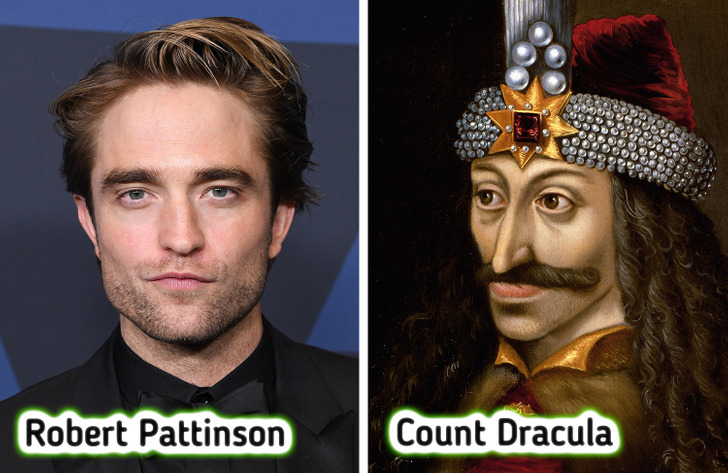
Robert Pattinson may have played the love-sick vampire, Edward Cullen, in the Twilight series, but he has a real-life blood connection to “Dracula.” Bram Stoker’s famous character was allegedly inspired by the Transylvania despot, Vlad the Impaler, and Pattinson is related to him, via the British royal family.
So which of these celebrity connections really caught your interest? Do you know of your family’s famous genealogical connections too?
Angelina Jolie’s relationship with her father, Jon Voight, has been complex and fraught with tension. However, they have managed to reconcile their differences, with Voight becoming a supportive figure in Jolie’s life, particularly during her divorce from Brad Pitt.

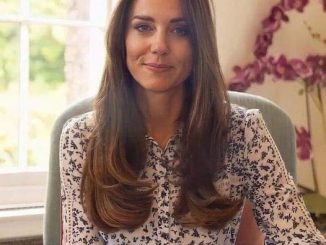
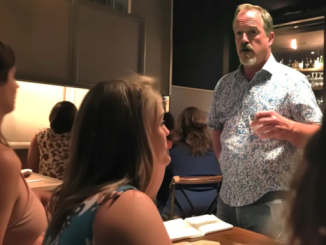
Leave a Reply